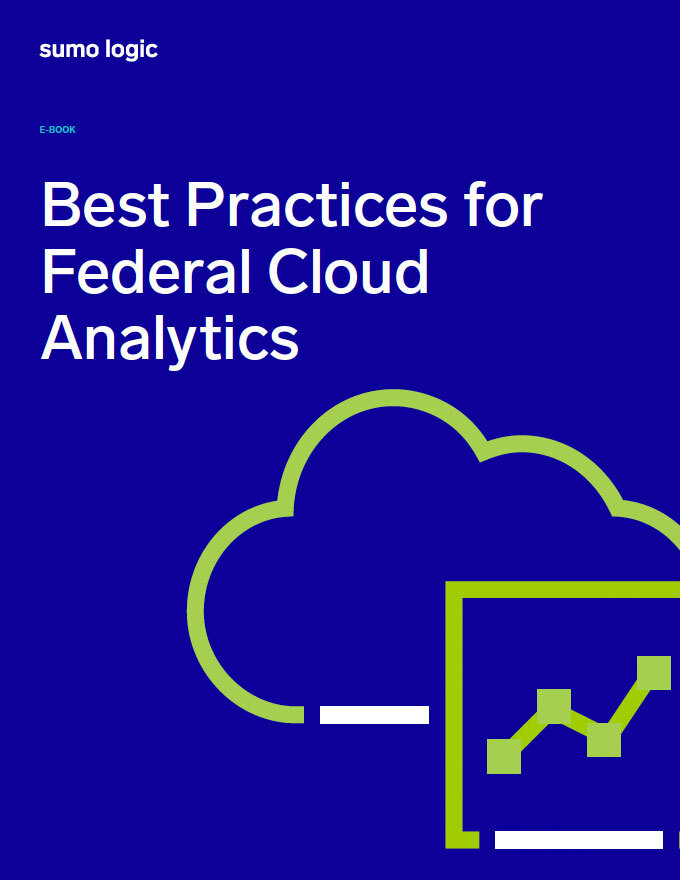Resource Center
Best Practices for Federal Cloud Analytics

Government agency strategies to maximize the value of cloud deployments.
Data centers, on-prem deployments, and physical boxes were—for the longest time— the unquestioned standard across Federal agencies. Today, the wave of public cloud deployments seems just as inevitable. Agencies that once adopted a wait-and-see approach are now jumping feet first into the world of public cloud. Entire agencies are realigning their IT teams to deliver capabilities in more nimble, flexible ways.
In short, it’s an exciting time to be in government IT.
Of course, in any time of rapid change there are bound to be challenges along the way. Luckily, the move to public cloud in government is coming at a time when clear lessons can be drawn from private sector organizations. While the security parameters, use cases, and value calculation of government IT systems will always be different, the technical playbook for an effective move to the cloud remains largely the same.
That’s what this eBook is all about—the practical strategies government agencies can use to maximize the value of cloud deployments.
Specifically, we will concentrate on the data aspect of the cloud. Operational data, in particular, represents a significant opportunity for Federal agencies to maximize the value of their cloud deployments. We’re going to provide a few thoughts on how that data can make a difference in mission delivery.